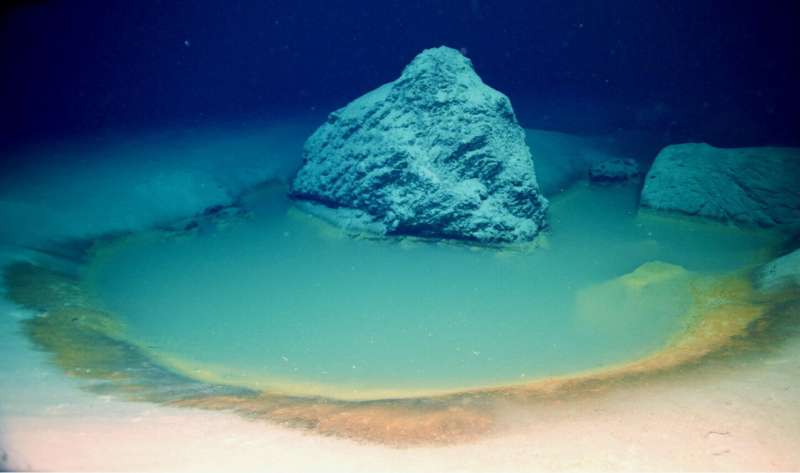Edit Content
Trending






Only two blue whale births have ever been recorded in human history, both decades ago. This remains an extraordinary mystery, given there used to be hundreds of thousands of blue whales before whaling started—even today, blue whales number around 10,000 to 25,000—and they give birth every two to three years.
Not only are births very stealthy, but calves are also only rarely sighted—far less than would be expected from their pregnancy rates. Calves closely follow their moms and are sighted as mother-calf pairs, but why are so few detected?
A new University of Washington study, published Feb. 20 in Endangered Species Research, proposes why. Its explanation hints at when and where the unseen births are happening and where blue whale calves spend their earliest months. The findings offer some hope for the health of the population.
Trevor Branch, a UW professor of aquatic and fishery sciences who studies blue whales, set out to unravel this mystery by looking at a range of hypotheses. He proposes that one in particular is the best explanation: It’s mostly because researchers prefer summertime research on feeding congregations of blue whales, but calves are born in fall and winter, and are weaned before they return to feeding areas.
In summer, blue whales migrate to feed in colder regions where krill is plentiful: for example, off California. In winter, when ready to give birth, they return to warmer regions like the Gulf of California and the eastern tropical Pacific. Around seven months after being born, and already at a whopping 52 feet (16 meters) long, the calves are weaned and stop associating with their mothers.
But across various blue whale populations, high pregnancy rates of 33–50% annually seem to contradict the average 3.1% rate of sightings of blue whales involving mother-calf pairs.
When compared with other hypotheses to explain the mystery of why so few calves are observed, such as low fetal survival, low calf survival, low birth rates, or calf separation from mother, Branch discovered that the timing hypothesis best explained observed patterns.
“My conceptual model can explain the mystery of the missing calves: Blue whales produce calves, or give birth, shortly after departing their summer feeding grounds, and wean their calves seven months later, just before they return,” Branch said.
This would explain why researchers—most of whom conduct blue whale field studies in the summer months—seldom sight mothers with calves.
Branch compiled data from long-term field studies and combined this with biological information from historical whaling records to come up with this hypothesis, finding higher proportions of calves in winter regions, and lower proportions in summer regions. He is now coordinating a large collaboration to test the idea with field data by month in each region, combined with estimates of the size of calves by month.
One concern about low calf sighting rates was that this might be a warning signal of low birth rates or low survival of calves. Instead, the new hypothesis offers up some hope that a higher number of calves could be sighted from field studies concentrated in regions that blue whales travel to in winter and spring.
“This new idea provides an alternative explanation for why some blue whale populations appear to produce very few calves: It’s not a failure of calf production, it’s because fieldwork in those populations is understandably concentrated in easily accessible summer feeding areas,” Branch said.
More information: TA Branch, Timing hypothesis explains the mystery of the missing blue whale calves, Endangered Species Research (2024). DOI: 10.3354/esr01383
Provided by University of Washington
Citation: Unraveling the mystery of rarely seen blue whale calves (2025, February 21) retrieved 21 February 2025 from https://phys.org/news/2025-02-unraveling-mystery-rarely-blue-whale.html
This document is subject to copyright. Apart from any fair dealing for the purpose of private study or research, no part may be reproduced without the written permission. The content is provided for information purposes only.
©2024. Livebuzznews. All Rights Reserved.